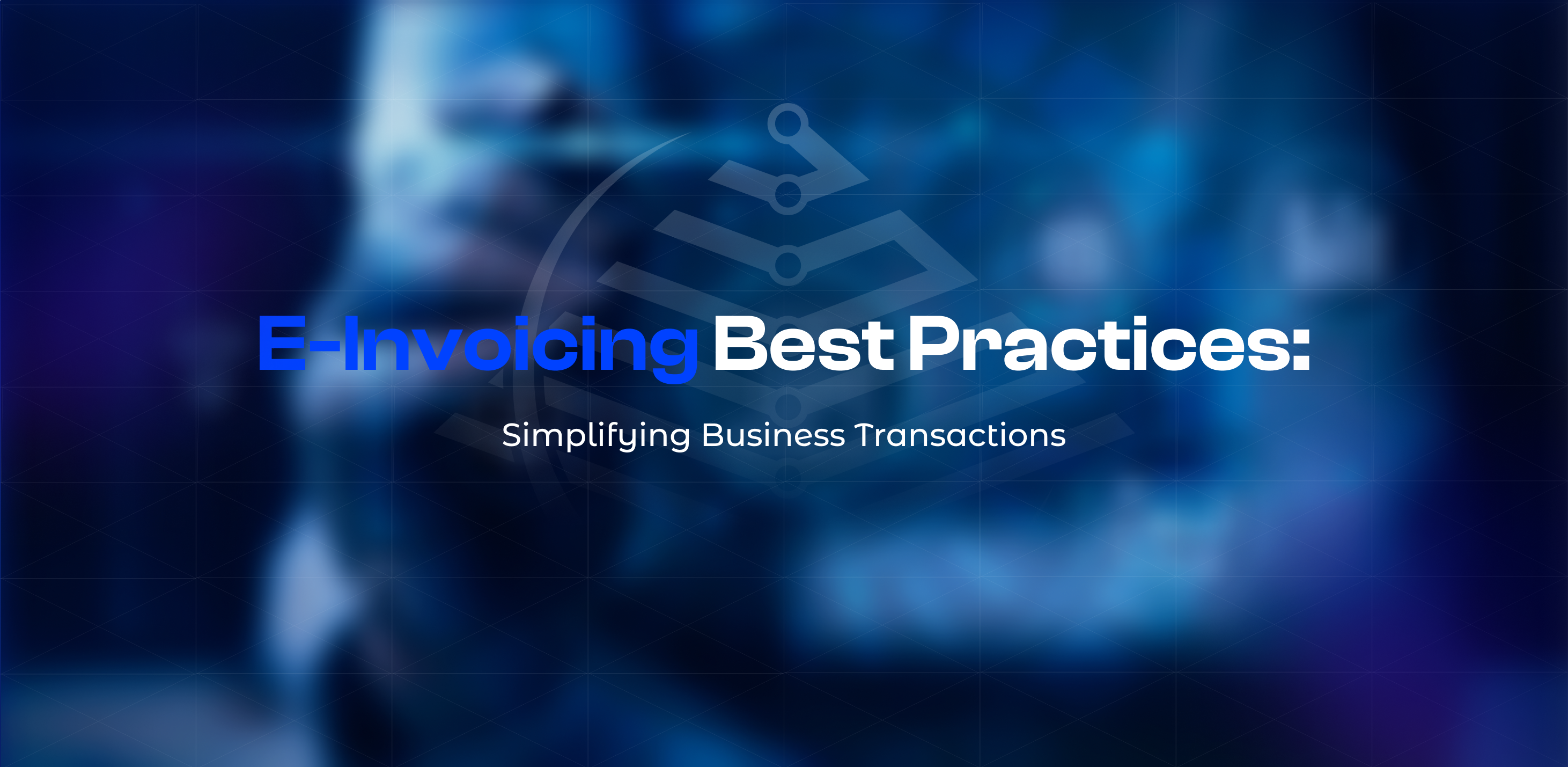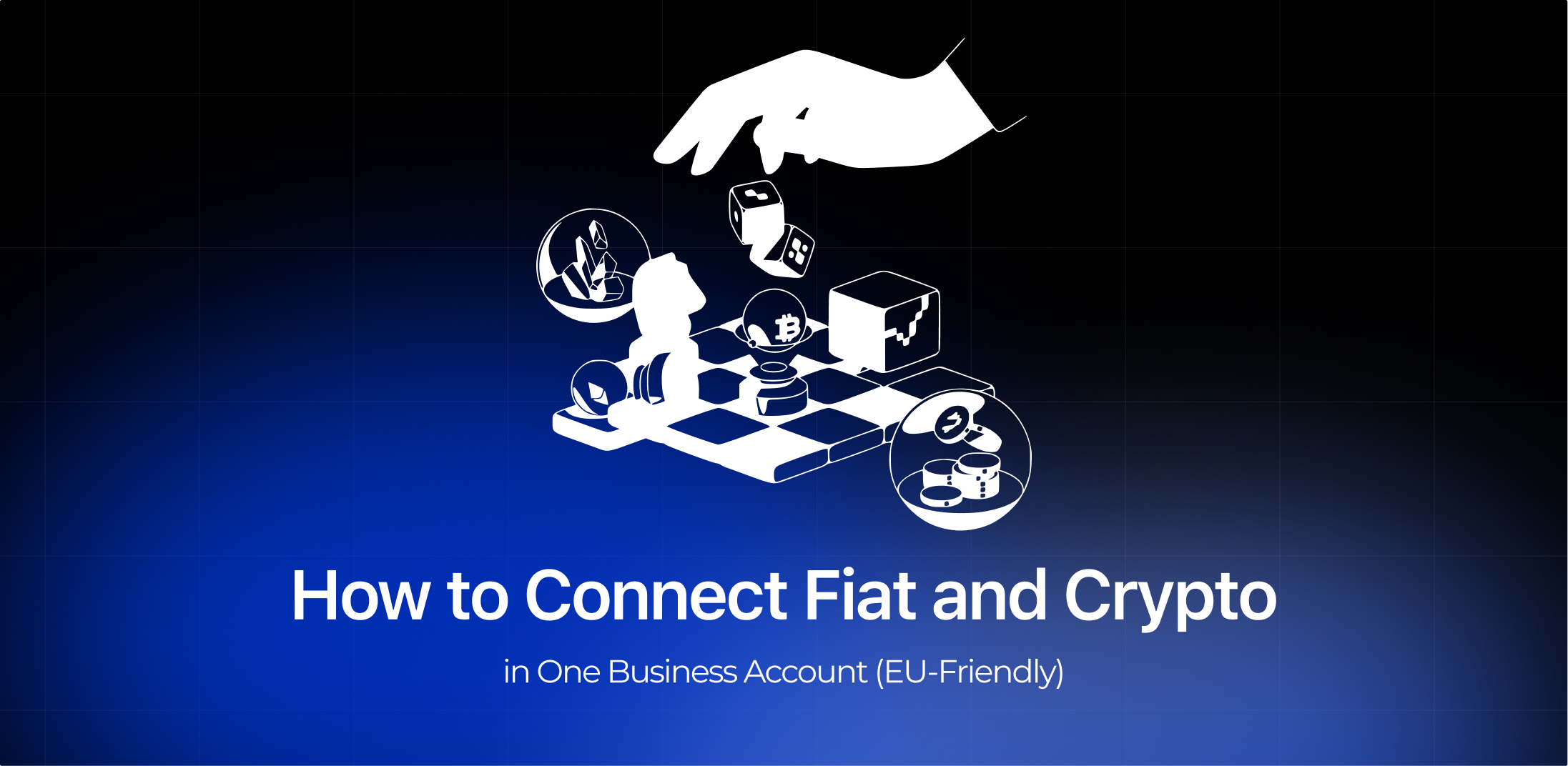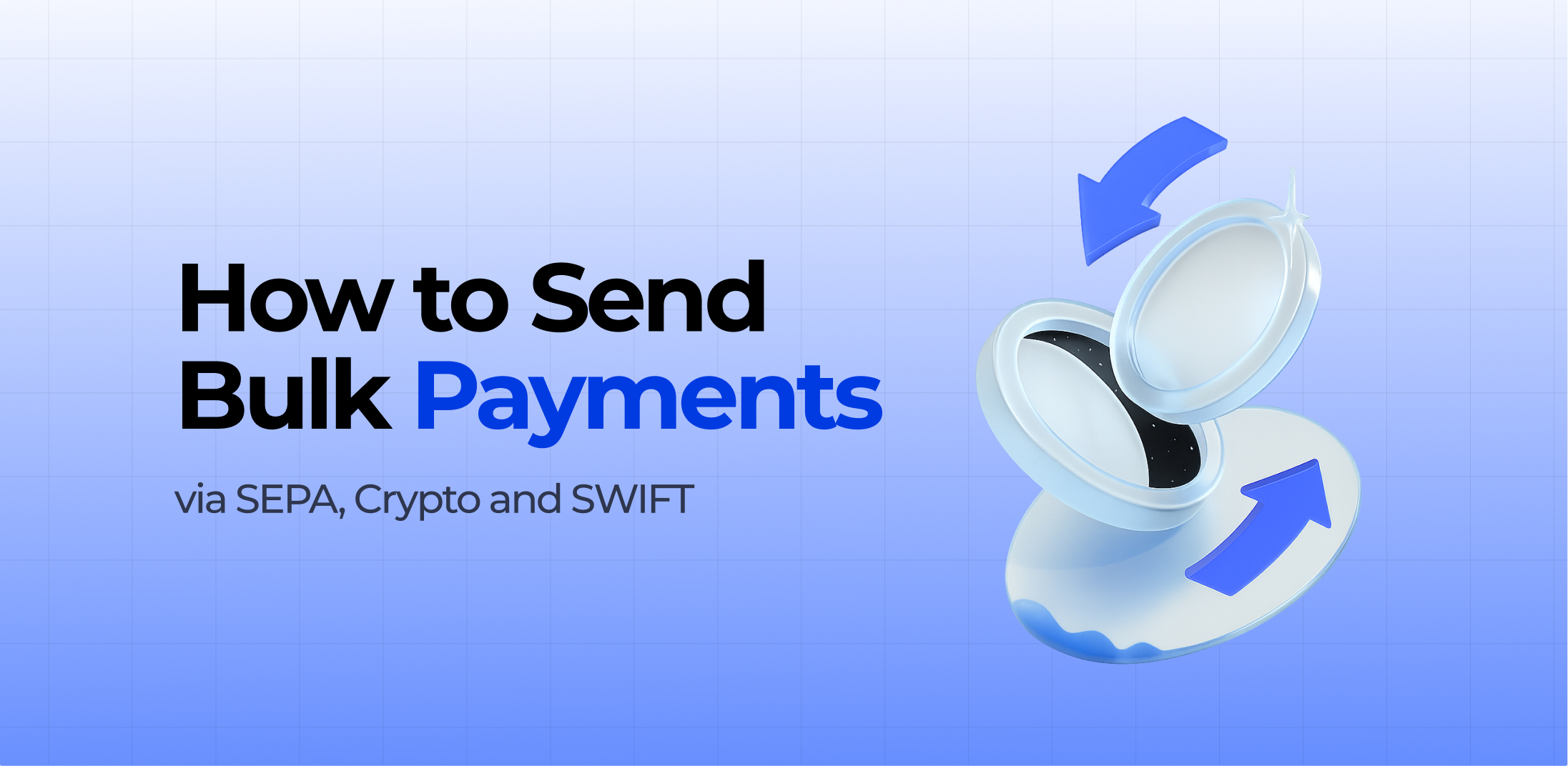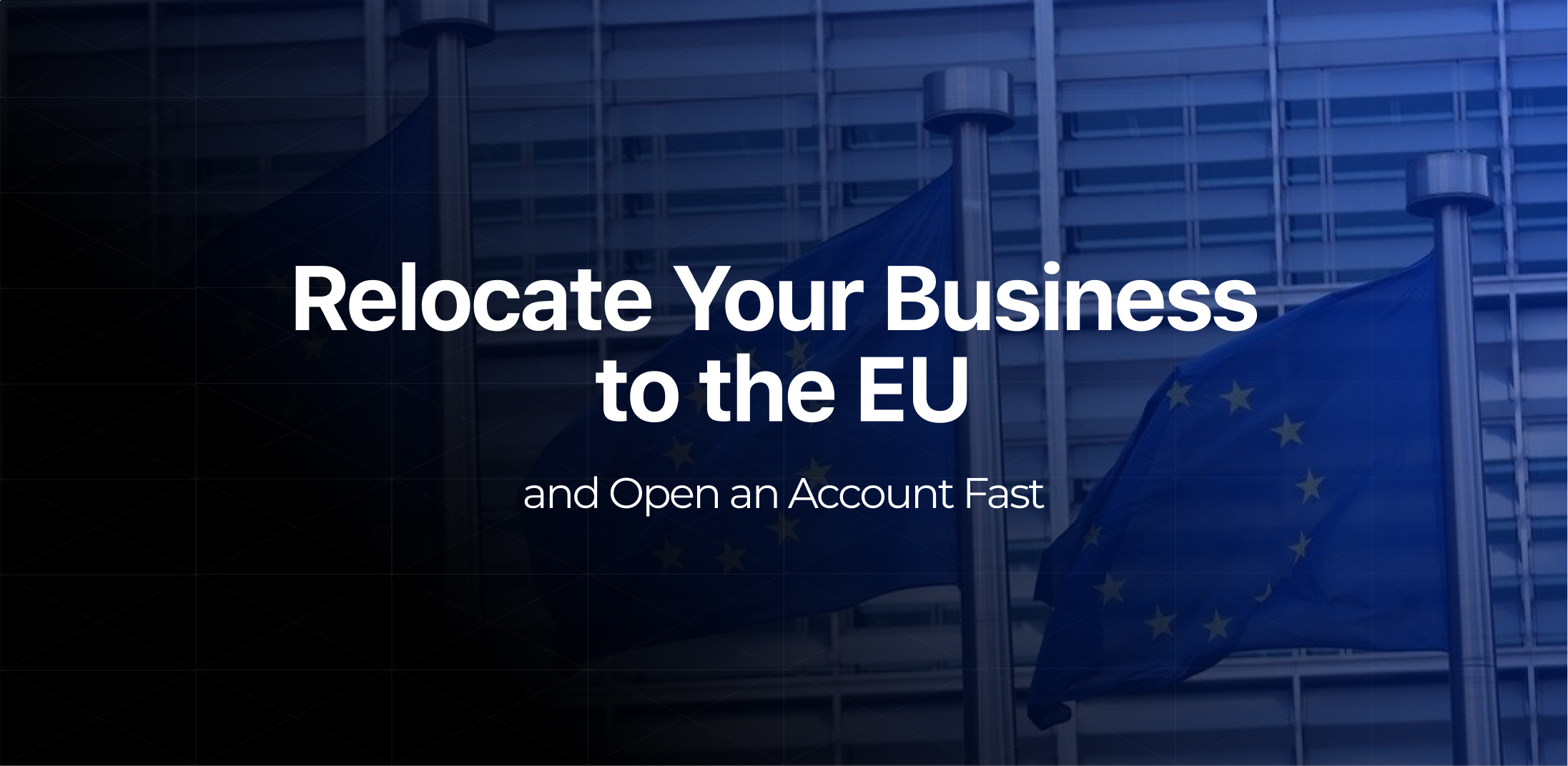Electronic invoicing is revolutionizing the administrative and economic processes of businesses. This new invoicing method, which involves sending and receiving invoices electronically rather than in paper format, offers many advantages in terms of efficiency and cost savings.
A lot of people wonder what e-invoicing is. Who is it suitable for and what are the business benefits? Let’s take it one step at a time with the PaySaxas team.
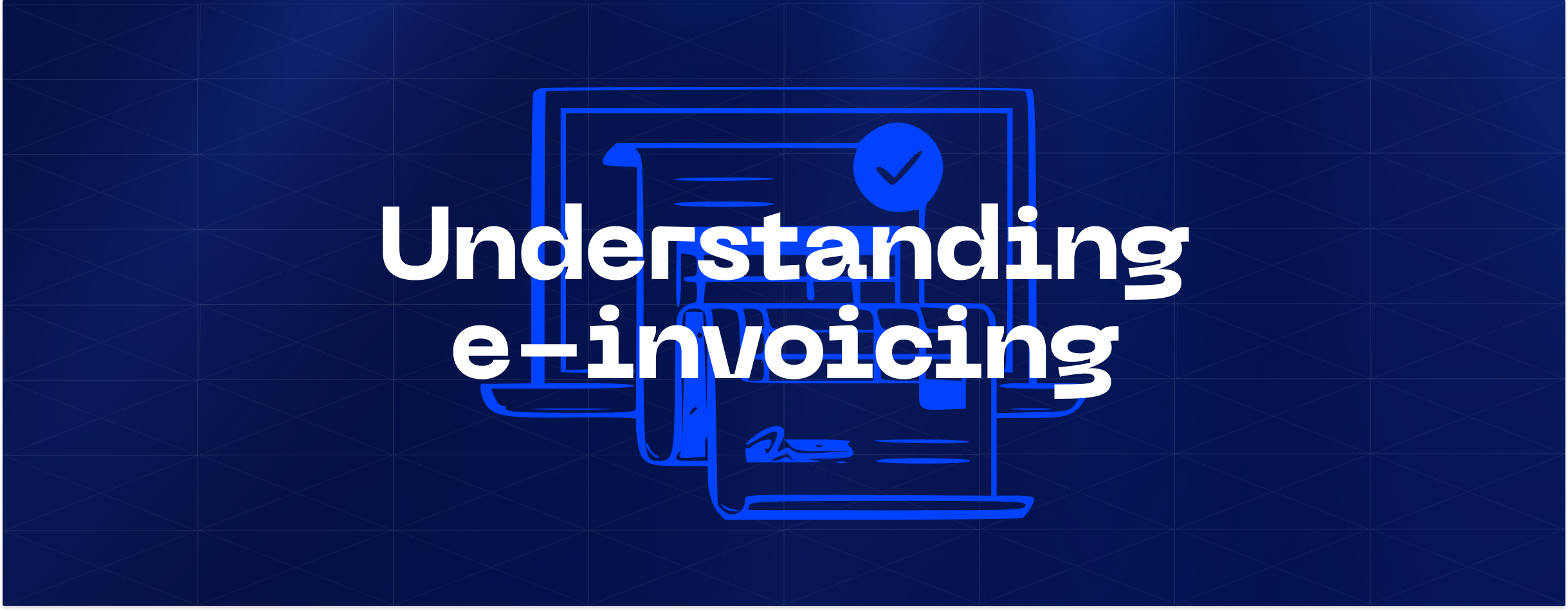
Understanding e-invoicing
E-invoicing is a type of invoicing in which the invoice is provided to the customer electronically using a standardized structured data exchange format. Financial transactions can be simplified and automated by using electronic workflow between buyer and seller.
Definition and key functions of e-invoicing
The definition of “e-invoicing” refers to the practice of exchanging invoices by electronic means. Compared to traditional paper invoices, this method saves both time and money.
Electronic invoices have many advantages.
- Businesses can save money on mailing, printing, and storing paper invoices by using electronic invoices.
- Efficient electronic invoicing can save firms time and money.
- Electronic invoicing can expedite payment, which increases a company’s cash flow.
- Fraud and error rates can be reduced by firms using electronic invoicing.
Types of e-invoicing systems
There are three types of e-invoicing systems:
- Standard e-invoicing system: This is the most common type of e-invoice. It is a digital document that contains all the information required for a standard invoice, such as the invoice number, date, supplier name, customer name, goods, or services provided, and amount due.
- Advanced e-invoicing system: This is a more complex type of e-invoice that includes additional information such as the supplier’s bank account number and the customer’s tax identification number.
- Certified e-invoicing system: This is the most secure type of e-invoice. It is digitally signed by both the supplier and the buyer, and it is encrypted to protect its contents.
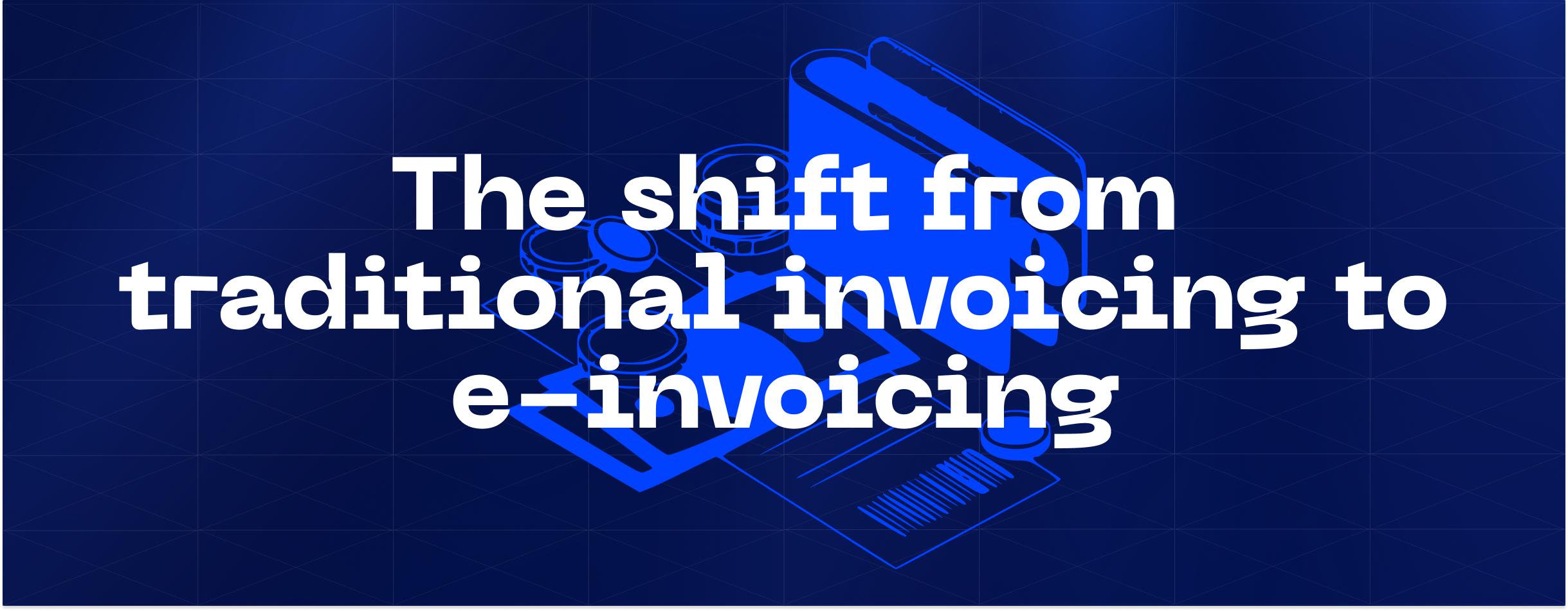
The shift from traditional invoicing to e-invoicing
In many places, invoicing is based on old-fashioned procedures that are inefficient and expensive. Traditional billing systems are not suitable for the flexible and tiered pricing plans of today. This inefficiency extends to other areas as well. It is difficult for traditional systems to calculate tiered discounts for corporate customers.
So over time, an e-invoicing solution has emerged. The shift to a modern, advanced, and feature-rich invoicing system reduces costs, improves customer relations, and turns a primitive mundane system into a powerful marketing communications tool.
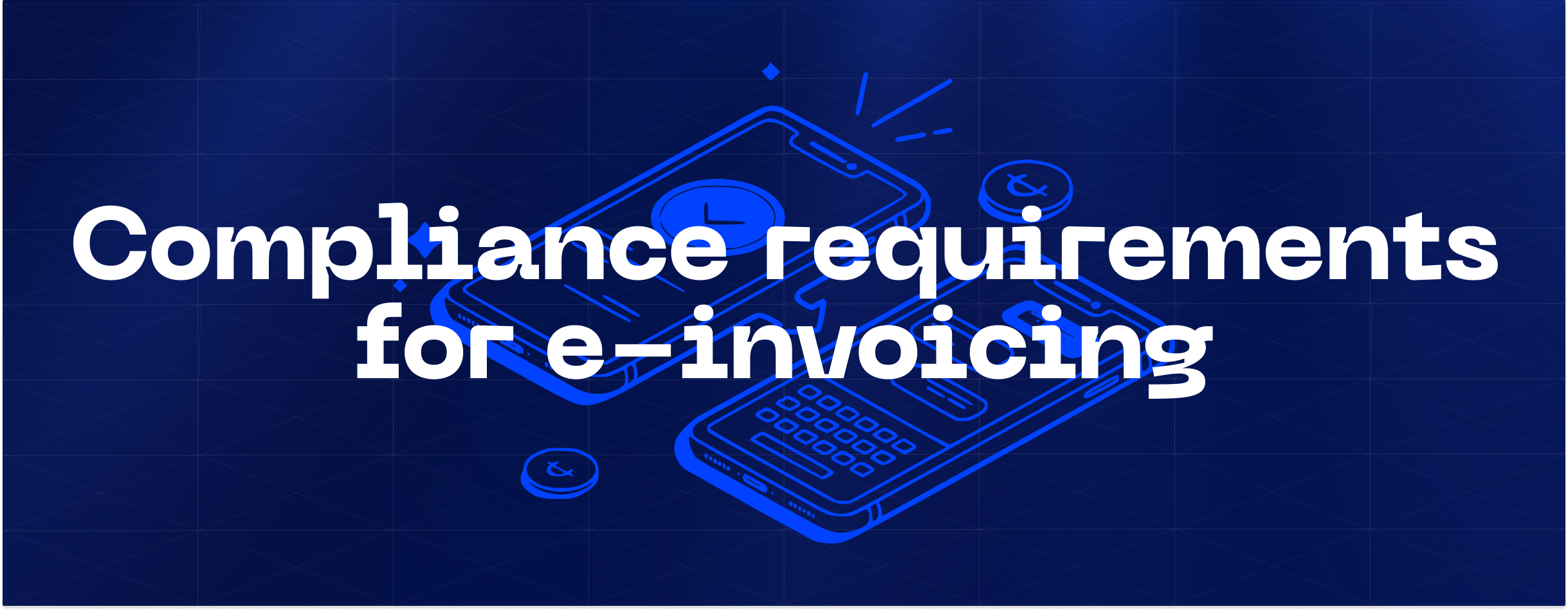
Compliance requirements for e-invoicing
An electronic invoice is a document of strict accountability. The information contained in it is used to determine the amount of customs duties and calculate VAT, which the company must pay. Therefore, when preparing such a document, it is very important to take into account all necessary compliance requirements.
Thanks to modern technology, in such cases, you can rely on an e invoicing system that can save you time, effort and cost. Such an electronic document must have the following data:
- date of completion;
- full name and address details of the company issuing the invoice;
- name and full address of the recipient company;
- a description of the goods or services;
- the period when the invoice is valid;
- the amount and currency for payment for the goods or services.
Companies can add other important data as desired or required.
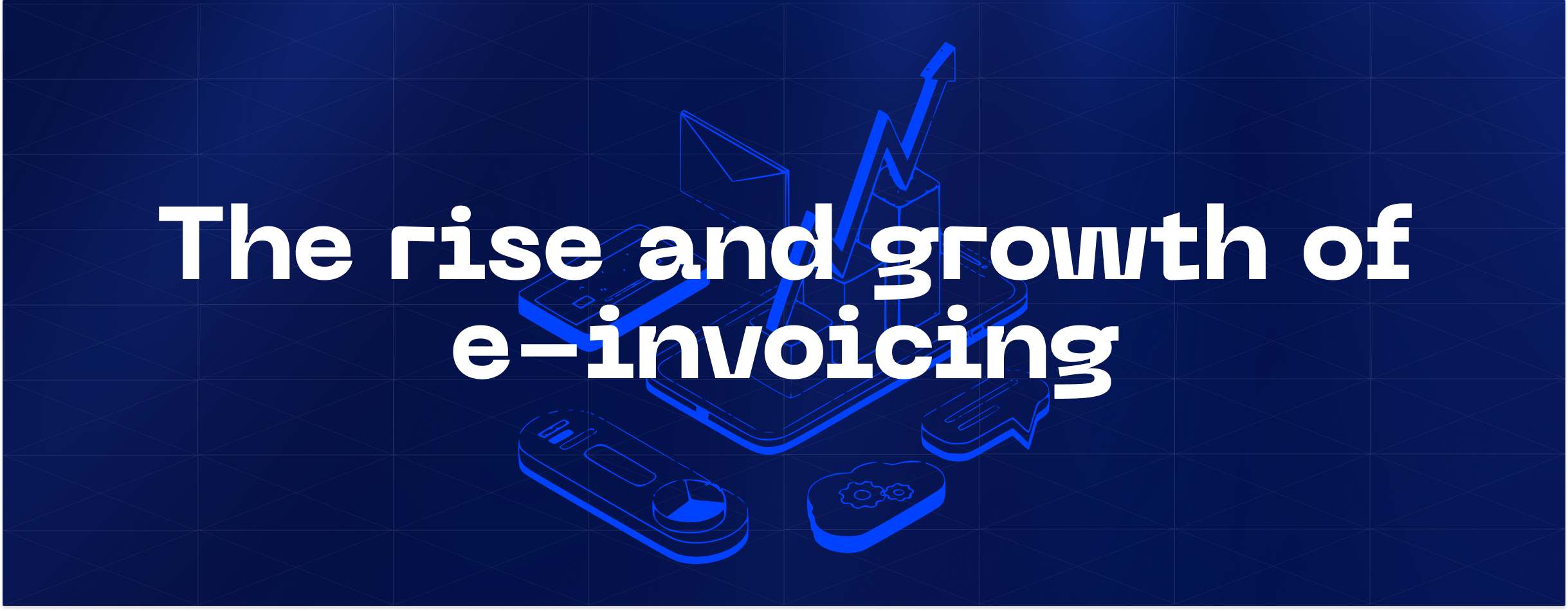
The rise and growth of e-invoicing
Creating and issuing invoices is an integral part of modern commercial activity. The electronic invoice has now almost completely replaced the paper invoice. As for the first steps, e-invoicing can trace its roots back to the 1960s when Electronic Data Interchange (EDI) emerged. In Europe, e-invoicing was gradually implemented in the legislative framework in 2001.
Directive 2001/115/EC was one of the first steps to modernize the legislation based on improving VAT obligations and electronic formats. In 2010, E-invoicing platforms started becoming more user-friendly and integrated with other financial software, providing more automated and streamlined solutions for businesses of all sizes.
A vendor can create an invoice that contains a list of products and services and their cost. Then he can send the client a link to the web page with the document via messenger, email, SMS, or any other communication channel. The customer only needs to choose the payment method that is most comfortable for him. The entire process takes place online, without the use of any paper documents.
E-invoicing is useful for sellers who don’t have their own websites and whose main sales channels are social networks, such as Facebook, Instagram, Viber, Telegram, etc. In addition, e-invoicing UK is relevant for freelancers, tutors, trainers, beauty industry workers, handmade products manufacturers, and other types of businesses.
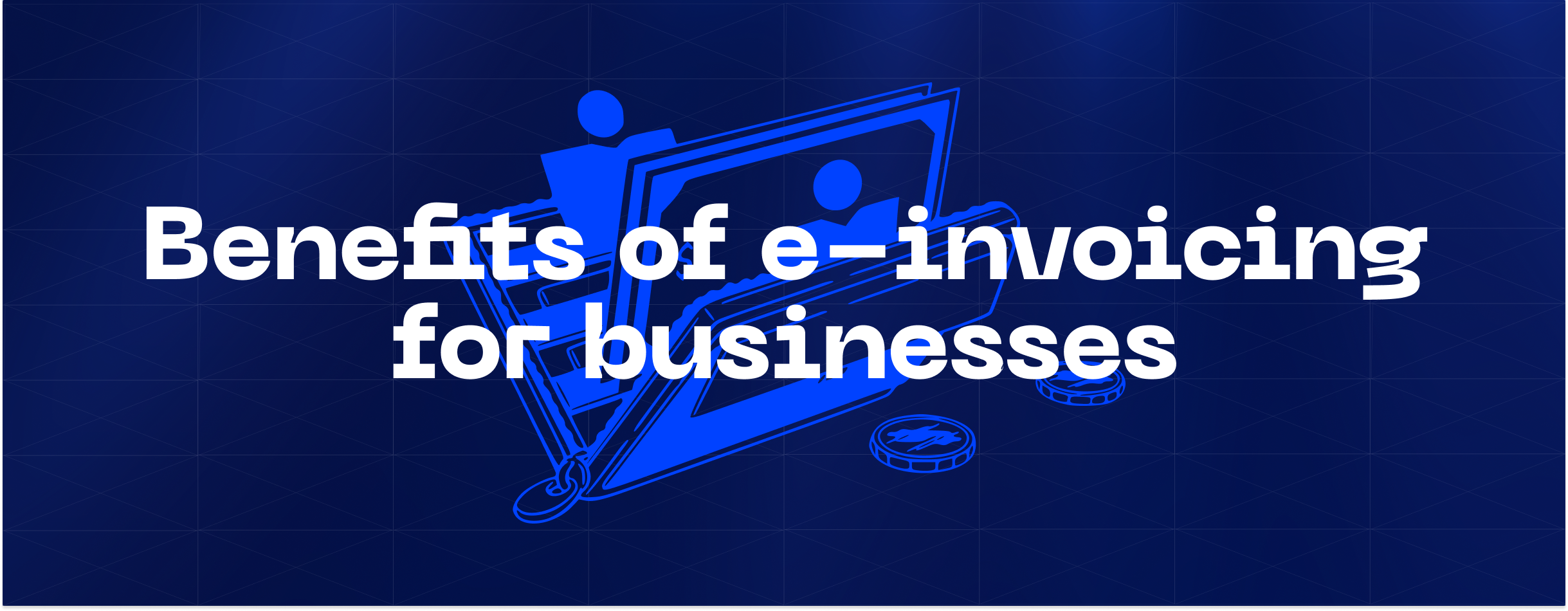
Benefits of e-invoicing for businesses
Such a process is a great e-invoicing solution for businesses. This is due to many factors. Below, you can check out several benefits of e-invoicing:
- Improved efficiency. It can automate many invoicing related tasks such as creating and sending invoices, tracking payments and creating reports. This can save businesses a significant amount of time and money.
- Reducing the risk of errors. E-invoicing can help businesses avoid errors on their invoices, such as incorrect amounts or due dates. This can help businesses improve their cash flow and avoid late payments.
- Improved customer service. This tool can help businesses improve customer service by making it easier for customers to view and pay their bills online.
- Enhanced security. E-invoicing can help businesses protect their financial information by encrypting invoices and using secure payment gateways. When companies use this technology, invoices are delivered directly from the sending company to the receiving company.
Ensuring security and data privacy in e-invoicing
Security and privacy are important components of working online. It is crucial to every user that their activity in the virtual world is in no way attacked or data stolen. In general, the same is true for e-invoicing.
These documents include detailed and up-to-date information about the sender and the recipient. There are cases when one of the parties does not want to disclose the details of the transaction. Therefore, it is important to ensure the security of the data in electronic invoices.
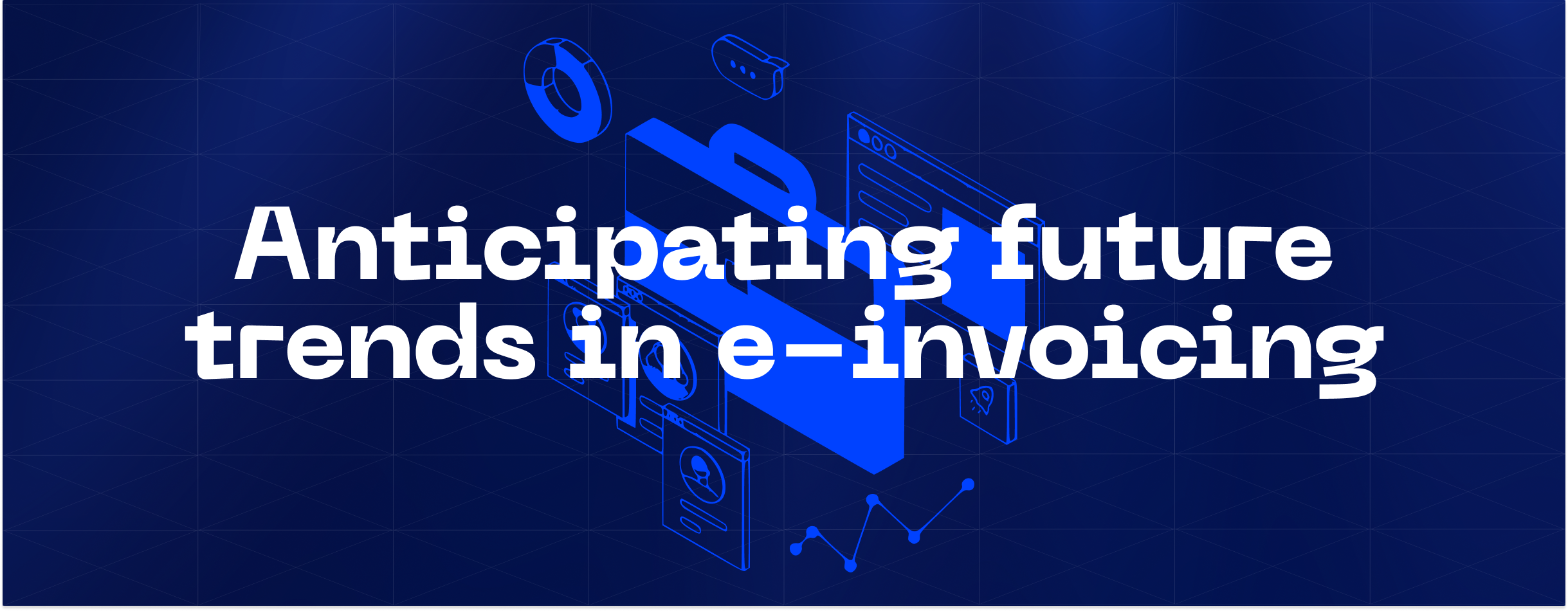
Anticipating future trends in e-invoicing
The e invoicing system is not standing still but is actively developing. Businesses are taking all the necessary steps to improve the quality of their work as well as to facilitate certain processes. Such actions can be seen in the issuance of invoices. Let’s take a look at some future trends with the PaySaxas team.
The role of compliance and transparency
Global companies will continue to create and develop their e invoicing software options. In this case, it is important not to miss the general rules and regulations, and to comply with the requirements, to meet the expectations of consumers. The streamlining of the process for companies will lead to the popularity of the product, and thus improve the performance of both the seller’s company and the customers.
E-invoicing as a data source for decision-making
With a tool like this, you can encourage your customer to make a quicker decision and purchase a product or service. E-invoicing solutions, such as those in the UK, help to generate invoices quickly and send them to clients. This way, you don’t waste time and don’t give the customer a chance to change his mind. The client reviews all the necessary data requested at the time of ordering and thus pays, almost always, the invoice.
The shift towards mobile-friendly e-invoicing
Mobile devices today are at your fingertips almost all the time. Therefore, most providers try to adapt their applications and services to mobile gadgets. E-invoicing is no exception in this case. Mobile-friendly software programs make customer’s lives easier. Programmers have taken all the benefits of e-invoicing when creating such applications. They are as follows:
- The simplicity and intuitive interface of the application are aimed at fast and efficient invoicing;
- Your data is securely stored in the cloud and accessible from anywhere in the world;
- Programs are designed to ensure the best and most efficient use;
- Elements in the application were arranged based on the natural behavior of customers on the site so that everyone could find the necessary functions.
These details and many others show that e-invoicing these days is more convenient and easy than ever. This is especially true on mobile devices.
Practical tips on adopting e-invoicing
Shifting from one practice to another is always difficult. But, over time, users are realizing the benefits of newer technology. The same is true for e-invoicing. At first, it may seem unrealistic to understand this tool. But here are some useful tips to get you started.
How to get started with e-invoicing
Decide what you want to get out of the software. With these requirements, you can start looking for an e-invoicing provider that will provide you with such a service and tool. Once you have decided on a company, begin the process of integrating your data into the new system. Customize the software to fit your needs. This way, you can bring the whole process to automaticity.
Choosing the right e-invoicing solution for your business
Today, many providers around the world, including the e-invoicing UK ones offer a similar service for entrepreneurs. There’s no surprise here. The benefits of e-invoicing speak for themselves. But what should you pay attention to when choosing a provider?
First, you can look at the software that companies offer. It should be user-friendly and simple. Check what security measures the company has in place and whether there is an option to connect two-factor protection. This can help prevent you from being attacked by fraudsters.
But most importantly, evaluate the cost of the service. Electronic invoicing can help improve your business. So, sometimes it is better to pay more and get a quality service than to save money.
Case study: Successful implementation of e-invoicing
Many entrepreneurs like to follow successful examples of innovation. This is practical proof that certain technologies work and bring benefits. Change is what is needed in today’s society. E-invoicing is evidence of this. Let’s take a look at some best practices with PaySaxas.
Morgan Sindall
This is a great example of case study of using a tool like this. Morgan Sindall is a well-known company that completes building and revitalization projects in the UK.
Additionally, they have been using the e-invoice software for decades, which has improved their relationships with vendors and customers along the supply chain. They may now share these accounting files instantaneously and don’t have to wait to get any invoices.
ArcelorMittal
ArcelorMittal is a renowned steel and mining firm that has decided to abandon manual invoicing in favor of E-invoicing. They have a presence in 60 countries and industries in over 18 countries. They predicted that they would send close to 2 million invoices every year.
As a result, the organization required a low-cost solution that followed all processes across multiple countries. As ArcelorMittal transitioned its clients to electronic invoicing, the system needed to process a significant volume of invoices and communicate them in a variety of formats. With this kind of modern technology, workflow has improved and performance has also improved.
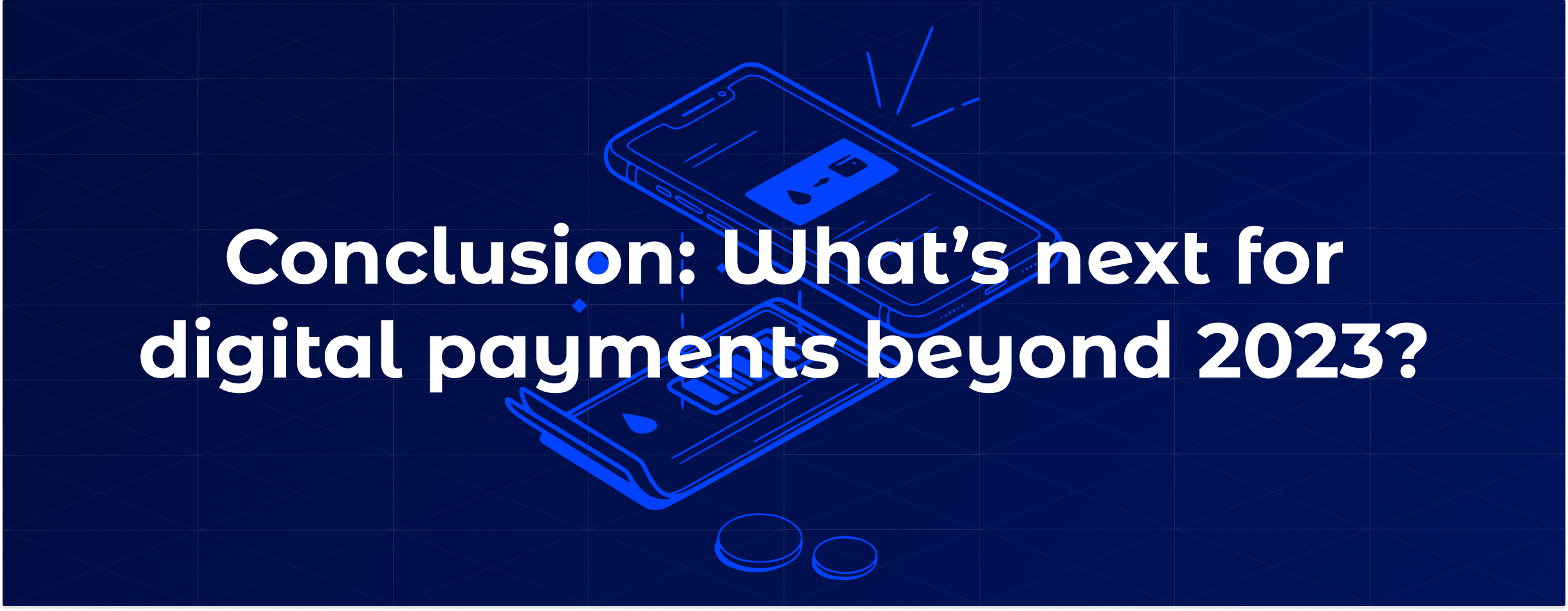
Conclusion: Streamlining business transactions with e-invoicing
Previously, we were able to answer the question, what is e-invoicing? It refers to the practice of exchanging invoices by electronic means. The main benefits of e-invoicing are improved efficiency, reduced risk of errors, improved customer service, etc.
Data can be collected, structured, and organized through electronic invoices, providing important information for business management. Reviewing an organization’s aggregate invoice data can help identify potential bottlenecks and inefficiencies.
This tool will help not only improve life, and work processes and save time for business, but also develop the financial market as a whole. Innovation only plays into the hands of modern progress. Let’s keep an eye on what’s going on with PaySaxas.


